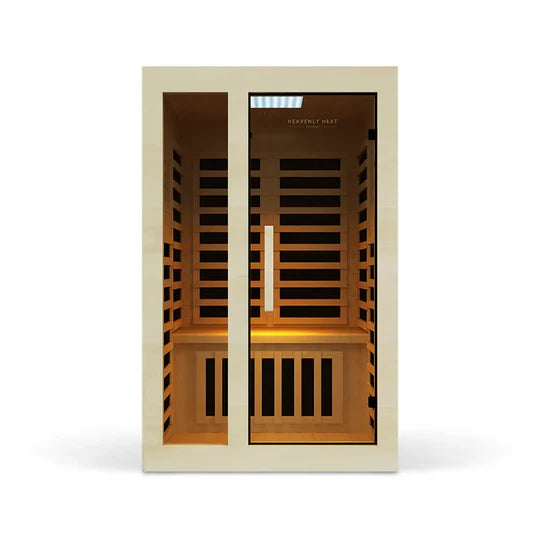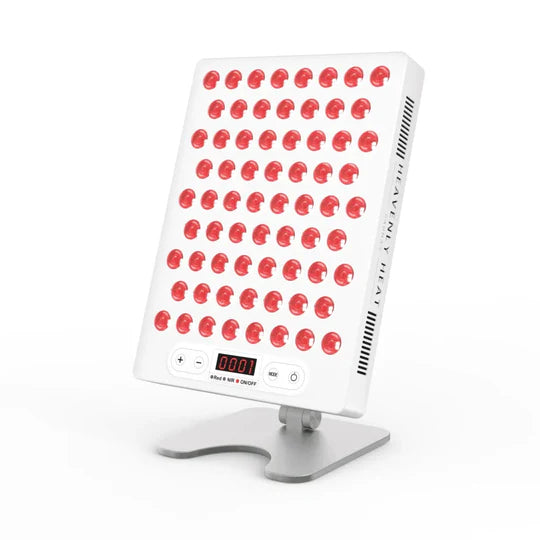How Long After a Cold Plunge Can I Take a Hot Bath?

After a refreshing cold plunge, you might ask, “Can I take a hot shower right after?” This is an important question because the timing of your shower can affect how your body recovers.
In this guide, we’ll go over everything you need to know about showering after a cold plunge, giving you simple tips for the best results
1. How long after a cold plunge can I take a hot bath?
After a cold plunge, wait at least 10-15 minutes before taking a hot shower or bath.
Jumping in too soon can shock your system; Dr. Tracy L. Zaslow, a Primary Care Sports Medicine physician, advises against going straight to a hot shower, as it can cause your blood vessels to dilate quickly, making you feel lightheaded or even pass out.
This waiting period lets your body adjust gradually, helping you enjoy the benefits of both hot and cold therapy safely and comfortably.
2. Alternative ways to warm up after a Cold Plunge
Spend time in the sun for natural warmth
Sunlight warms your body and improves blood flow after a cold plunge. Spend 10–15 minutes in the sun during morning or late afternoon.
Wear sunscreen and light clothes to protect your skin. Sunlight is helpful but works best with other warming methods. Avoid staying out too long to prevent skin damage.
Dry quickly after the cold plunge
Drying off immediately stops further heat loss. Use a soft towel to pat your body and hair dry. Avoid air-drying, as it prolongs the cold exposure.
Focus on drying completely to keep warm and prepare for the next steps like layering clothes or drinking something hot.
Sip on a hot beverage
A hot drink warms you quickly after a cold plunge. Try tea, hot chocolate, or warm lemon water within 10 minutes.
The heat boosts circulation and stops shivers. Avoid drinking too fast to prevent burns.
Put on warm clothes in layers right after your plunge
Layering clothes traps heat and keeps you warm. Start with a moisture-wicking base, add insulating layers like wool, and finish with a windproof jacket. Avoid cotton, as it holds moisture and makes you colder
Engage in light exercises
Light exercises get your blood flowing and raise your body temperature after a cold plunge.
Simple movements like jogging in place, stretching, or brisk walking are perfect choices.
Start within a few minutes of drying off to kickstart your warming process. Exercise boosts circulation and reduces stiffness, making it one of the quickest ways to recover from the chill.
Keep movements gentle to avoid overexertion while your body adjusts.
Sit near a heat source
A heat source like a heater or fireplace warms you quickly. Sit close but keep a safe distance to avoid burns.
Heat relaxes muscles and raises body temperature. Combine this with warm clothes or a hot drink for faster recovery.
3. The benefits of hot showering with cold plunge
Help with muscle recovery
Taking a hot shower after a cold plunge can be great for muscle recovery. Switching between hot and cold helps the blood flow better, which can speed up muscle repair and reduce soreness.
Research looked at how this hot-cold method affects recovery in athletes. The study found that moving from hot to cold causes blood vessels to open and close, boosting circulation[1].
This process helps get rid of waste in the muscles and reduces swelling. While more studies are needed, many athletes and trainers already use this hot-cold technique to ease muscle soreness and support recovery.
Good for increasing blood flow
A hot shower after a cold plunge can help increase blood flow, which is beneficial for muscle recovery and overall circulation.
A study tested the effects of alternating hot and cold water therapy on blood flow, muscle tone, and pain. They found that shifting between hot (38–40°C) and cold (12–14°C) water significantly improved blood flow[2].
This supports the idea that combining a hot shower with a cold plunge can effectively boost circulation, making it a useful practice for improving blood flow and supporting muscle health.
Can help reducing pain
Hot showers combined with cold plunges can be incredibly effective in reducing pain by boosting blood flow and helping the body recover faster.
A recent study reviewed 70 articles to see how contrast bath therapy—alternating hot and cold treatments—can ease pain in people with knee osteoarthritis.
They tested various methods like hot and cold water, towel compressions, and even smart knee pads, finding that the therapy improved blood flow, removed waste from the joints, and eased pain[3].
The researchers found that using both hot and cold treatments worked better than either one alone and that adding exercises like stretching and balance work further increased pain relief and joint function.
Lower Your Risk of getting illness
Taking a hot shower after a cold plunge could lower your risk of getting sick and boost your overall wellness.
Alternating between hot and cold water can stimulate your immune system and improve circulation, making it easier for your body to fend off illness.
A study conducted between January and March 2015 involved over 3,000 participants, who tried daily hot-to-cold showers for 30 days.
They found that people who followed this routine had a 29% reduction in sickness-related work absences compared to those who didn't try it[4].
Though the routine didn’t significantly reduce illness days, participants enjoyed improved resilience without any serious side effects, showing the potential health benefits of this practice.
4. Conclusion
Waiting 10-15 minutes after a cold plunge before taking a hot bath or shower is crucial for allowing your body to adjust safely.
This brief pause helps avoid shock to your system and ensures a smoother transition between temperature extremes.
The benefits of combining hot and cold therapies, such as improved circulation, muscle recovery, and reduced pain, make this practice valuable.
For optimal results, take time to warm up gradually, ensuring you enjoy the full benefits of both therapies.
References
- https://www.sciencedirect.com/science/article/abs/pii/S1466853X03001226
- https://pmc.ncbi.nlm.nih.gov/articles/PMC7425122/
- https://pmc.ncbi.nlm.nih.gov/articles/PMC9418761/
- https://journals.plos.org/plosone/article?id=10.1371/journal.pone.0161749






































